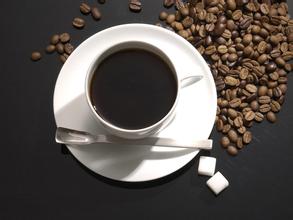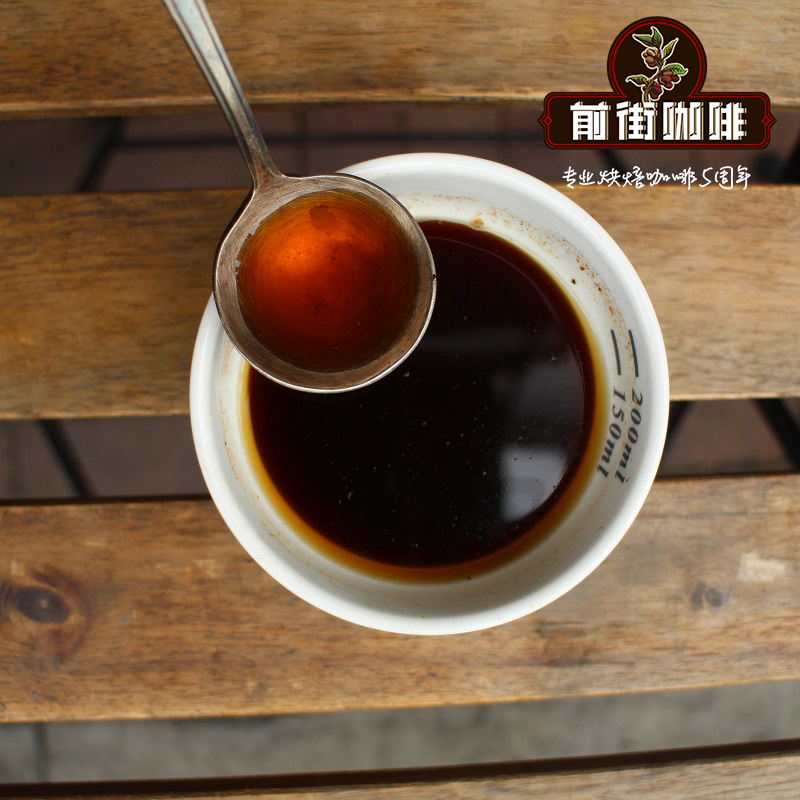Isn't the coffee made with medium fat milk? Which kind of milk is the best?
The method of double-layer milk bubble cup
1. Prepare the milk (also whole milk) and heat the milk to 60 ~ 70 degrees. Milk can be directly placed in a milk bubble to be processed on a gas stove or induction cooker, or it can be heated in a porcelain cup or glass in a microwave oven. If you use the microwave oven, because you want to pour into the bubble machine, it will absorb a certain temperature, and the heating temperature should be slightly higher. But no higher than 75 degrees.
2. While brewing coffee, the skill of making milk foam is to put a towel under the foam machine, press the lid with your left hand, hold the ball with your right hand, and twitch quickly up and down, with a small range and fast speed at the beginning. When the handle is heavy, you can stop twitching, and then put the whole bubble pier a few times, so that the milk in the foam will be thrown to the bottom of the cup, the cushion towel can play a cushioning role, and finally remove the filter, also use a coffee spoon to scrape off a few bubbles from the upper layer, is the perfect bubble.
Three methods of making coffee milk foam
The method of hand-held electric foaming machine
1. Prepare the milk (also whole milk) and heat the milk to 60 ~ 70 degrees.
2. Turn on the switch of the hand-held electric foaming machine and put the mixing head into the milk and stir continuously. Stir the pier for a few times and eliminate some coarse bubbles.
In the early days of using the espresso machine, Lao Yang mainly used this method, but he didn't master it well enough. The following production method is collated from the data collected on the Internet, but Lao Yang himself generally uses method two: use a double-layer milk bubble cup to make milk foam.
1. Do not put the steam pipe into the milk, because there may be some condensed water vapor in the steam pipe, so you need to put it for a while before preparing to foam to drain the excess water from the pipe.
2. Beginners can insert the thermometer into the container, then insert the steam pipe obliquely into the milk, and then turn on the steam switch. This thermometer is also used to control the temperature of milk when heating milk in the latter two ways, and it is also a tool that beginners should prepare.
3. The steam pipe is tilted and inserted into the milk pot. The generally recommended angle is that the steam pipe is at an angle of 60 degrees with the horizontal surface of the milk.
4. Slowly adjust the position of the steam nozzle to a little bit from the surface of the milk, but never above the liquid level, or the milk will be spilled everywhere. When the position is correct, a steady "hiss" sound will be heard, and the milk level will begin to rotate. If the steam pipe is scaled in the wrong position, it will be very loud or almost silent, and the milk surface may be bubbling continuously.
5. After the milk foam has been continuously dense, bury the steam pipe a little deeper and let the steam continue to heat the milk. When the temperature reaches 60 ~ 65 degrees and your hands feel slightly hot, you can turn off the steam switch. Foaming for too long will coagulate the milk and change its taste. Milk should not be too thick, because if it is too thick, it will not mix well with coffee. The milk should look like you're pouring yogurt.
6. Wipe the milk attached to the steam pipe with a wet dishcloth, and at the same time release the steam, and spray the remaining milk out with the steam, so as not to block the steam pipe after the milk dries.

Important Notice :
前街咖啡 FrontStreet Coffee has moved to new addredd:
FrontStreet Coffee Address: 315,Donghua East Road,GuangZhou
Tel:020 38364473
- Prev

Rose Summer Coffee Water Temperature Extraction Time Brewing Method Taste Flavor Description
Palate: Probably because of the Ethiopian bean seeds, just a little taste of yejia sherry, but instantly there is a strong acid out, and then flower aroma, spices, cinnamon, mint and a large number of aromas emerge and rush into the nasal cavity, aroma tension is very strong and strong, rhythm is profound, taste layers, aftertaste endless. Maybe I use too many rhetorical words, but
- Next

Introduction of the best flavor varieties of Hawaiian Kona coffee powder in the world
Kona coffee has always been grown at home. At first, only men were allowed to work in the coffee garden, and later women joined in. This kind of family production of Hawaiians preferred to rely on the efforts of their families rather than hiring workers to work, so it was normal for Hawaiians to have eight or nine children at that time. Since then, there have been new immigrants from the Philippines and the United States.
Related
- Detailed explanation of Jadeite planting Land in Panamanian Jadeite Manor introduction to the grading system of Jadeite competitive bidding, Red bid, Green bid and Rose Summer
- Story of Coffee planting in Brenka region of Costa Rica Stonehenge Manor anaerobic heavy honey treatment of flavor mouth
- What's on the barrel of Blue Mountain Coffee beans?
- Can American coffee also pull flowers? How to use hot American style to pull out a good-looking pattern?
- Can you make a cold extract with coffee beans? What is the right proportion for cold-extracted coffee formula?
- Indonesian PWN Gold Mandrine Coffee Origin Features Flavor How to Chong? Mandolin coffee is American.
- A brief introduction to the flavor characteristics of Brazilian yellow bourbon coffee beans
- What is the effect of different water quality on the flavor of cold-extracted coffee? What kind of water is best for brewing coffee?
- Why do you think of Rose Summer whenever you mention Panamanian coffee?
- Introduction to the characteristics of authentic blue mountain coffee bean producing areas? What is the CIB Coffee Authority in Jamaica?

